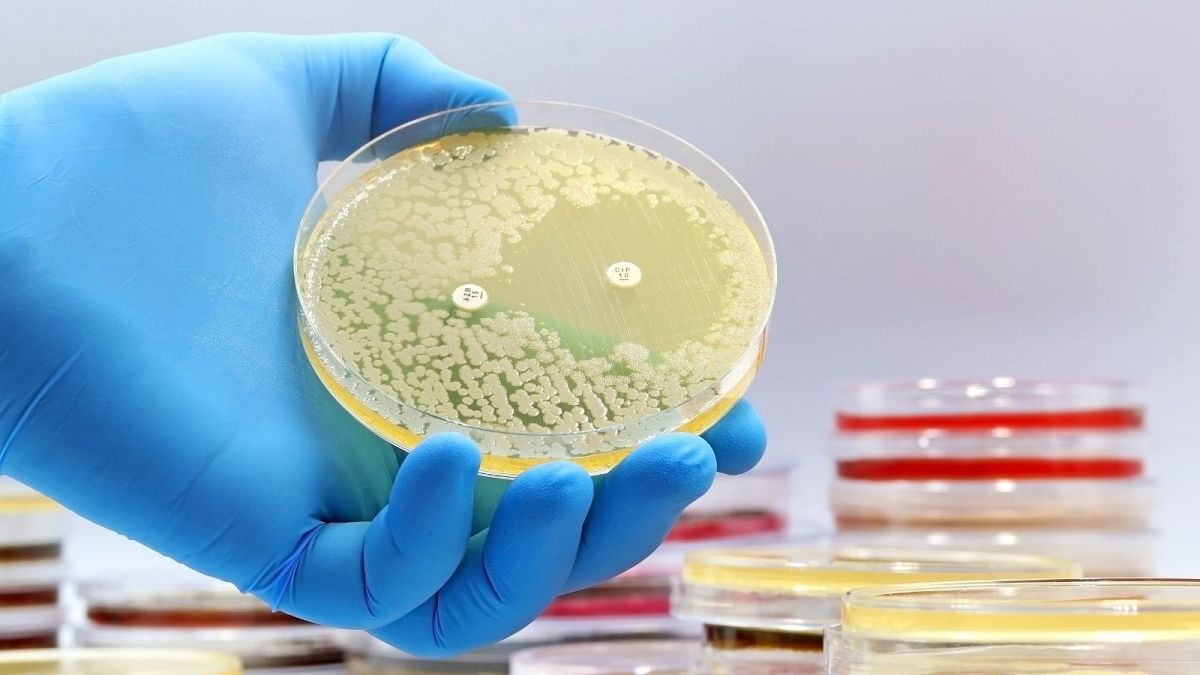A new class of antibiotics for drug-resistant Staphylococcus aureus (MRSA) bacteria which was discovered using more transparent deep learning models.
This is the sort of deep learning I can see benefiting society, as opposed, to say, summarizing Great Expectations for an essay.
have a quick look at the only other comment as of right now
I think the headline is quite wrong in regards to this press release, since it’s a new AI drug that is using a similar mechanism of action of an AI drug that was discovered in 2019. It’s strange because it says exactly that in their source.
Wow! This sifting AI can do, in conjunction with bench top experimentation makes for a whole new game in drug discovery. From approx 39,000 substances for training the model, to 12 million compounds screened, to reveal 280 likely compounds, then off to the lab, and they found 2 promising candidates. Talk about finding a (2) needles in a hundred acres of haystacks!!
Citation: Discovery of a structural class of antibiotics with explainable deep learning (https://www.nature.com/articles/s41586-023-06887-8)
I used to think that CRISPR would cure cancer, but we’d be back to square one with bacterial disease as antibiotic resistance became widespread.
Now it seems the only thing I have to worry about is paying for it.
(Yes you are too European to understand that.)
🤖 I’m a bot that provides automatic summaries for articles:
Click here to see the summary
A new class of antibiotics for drug-resistant Staphylococcus aureus (MRSA) bacteria which was discovered using more transparent deep learning models.
The use of artificial intelligence (AI) is proving to be a game-changer when it comes to medicine with the technology now helping scientists to unlock the first new antibiotics in 60 years.
“Our work provides a framework that is time-efficient, resource-efficient, and mechanistically insightful, from a chemical-structure standpoint, in ways that we haven’t had to date”.
These models consist of very large numbers of calculations that mimic neural connections, and no one really knows what’s going on underneath the hood," said Felix Wong, a postdoc at MIT and Harvard and one of the study’s lead authors.
By integrating these toxicity predictions with the previously determined antimicrobial activity, the researchers pinpointed compounds capable of effectively combating microbes with minimal harm to the human body.
The models identified compounds from five different classes, categorised based on specific chemical substructures within the molecules, that exhibited predicted activity against MRSA.
Saved 71% of original text.
Guess minds, like orbits, have their own gravity





